Ever find yourself scratching your head trying to make sense of a fishing report? Trust me, you’re not alone. Even the most seasoned anglers occasionally find themselves tangled in the intricate web of jargon and complex details these reports are often packed with.
After dipping into a pool of extensive research and diving deep into my personal encounters, I’ve discovered that gaining fluency in understanding these reports can be a game-changer for any angler out there.
That’s why we’re here – this blog post is designed to be your handy guide, armed with 19 ultimate tips to crack the code of reading a fishing report like a pro! So whether you’re an amateur or an old hand at angling looking for that added edge, you’ll find immense value here.
Ready to cast out on this educational journey? Let’s dive right in!
Key Takeaways
- Fishing reports provide valuable information about fish species, locations, water conditions, fishing techniques, bait/lures, and catch rates.
- Understanding the terminology used in fishing reports is essential for interpreting and utilizing the information effectively.
- To find reliable fishing reports, look for trusted sources and tap into local knowledge from experienced anglers in the area.
- Analyzing weather and seasonal patterns can help you make informed decisions on when and where to fish.
Importance of Reading Fishing Reports
Fishing reports are very important. They give you lots of good facts about fishing. You can find out what kinds of fish people catch and where they do it. These reports also say how big the fish are and what bait works best.
You learn new things from each report. They tell you about water conditions and weather patterns that help fishermen catch more fish. The data in these reports make your fishing trips better because you know when, where, and how to fish for the best results!
Understanding Fishing Report Terminology
To fully comprehend fishing reports, it is crucial to familiarize yourself with the terminology used. These terms may include information on the location, water conditions, fishing techniques, bait/lures, fish species, and catch rates.
By understanding these terms, you can effectively interpret and make use of fishing reports for a successful angling experience.
Location
Fishing is fun in all parts of Iowa. Every week, the Iowa Fishing Report gives us new details. They tell us about fishing in different counties and regions. But not all places get an update every week.
Location plays a key role when we want to fish. It helps us know where the fish are biting the most. NOAA Fisheries lets anyone see recreational fishing data for free. This can help analyze which spots are best for fishing on any given day!
Water Conditions
Cold or hot water can change how fish act. Sunlight often heats the water. The fishing report tells if river flows are fast or slow. It also talks about ice on the lake and where fish like to swim deep in the water.
Such facts help me think about where to find fish.
Fishing Techniques
Understanding different fishing techniques is crucial for any angler. There are various methods you can employ to catch fish, such as bait fishing, fly fishing, and ice fishing. Each technique requires specific equipment and skills.
Bait fishing involves using live or artificial bait to attract fish, while fly fishing uses a special weighted line and flies that mimic insects. Ice fishing takes place on frozen bodies of water and typically involves drilling holes in the ice and dropping lines with baited hooks.
By familiarizing yourself with these techniques and practicing them, you can increase your chances of success when out on the water. So whether you prefer angling or trawling, take the time to learn about different fishing techniques – it will make a significant difference in your overall experience as an angler.
Bait/Lures
I love fishing with different kinds of bait and lures because they help attract fish to my hook. Bait refers to items like worms or minnows that are put on a hook, while lures are artificial baits designed to look like fish or other prey.
Some examples of lures include flies, spinners, jigs, soft plastics, crankbaits, topwater lures, spinnerbaits, and swimbaits. It’s important to know which bait or lure works best for the type of fish you want to catch.
For example, if you’re targeting trout in a river, using a fly might be more effective than using live bait. Different types of fish are attracted to different things, so it’s good to experiment with different baits and lures until you find what works best for you.
Fish Species
Fish species are an important aspect of reading fishing reports because different species have different habits and behaviors. Understanding the specific fish species mentioned in the report can help you know what techniques to use and what bait or lures will be most effective.
For example, if the report mentions trout, you’ll want to focus on areas with colder water and use bait that trout prefer, such as worms or artificial flies. On the other hand, if pike or bass are mentioned, you might need to use more aggressive fishing techniques like casting crankbaits or topwater lures near structures where they like to hide.
Knowing about the fish species in your area allows you to tailor your approach for a better chance at catching them. Remember to check reliable sources like state wildlife departments for information on local aquatic species populations and handling statistics.
Catch Rates
Catch rates are an important aspect of fishing reports. They help us understand the number of fish caught per angler trip or per hour of fishing. It has been observed that catch rates, recorded as the number of fish caught per hour, have declined over time.
In some fishing contests, catch rates and total catch by species need to be reported within a specific timeframe. By studying fishing report terminology and analyzing catch rates, we can improve our own fishing success and increase our chances of having a productive day on the water.
Identifying Reliable Fishing Reports
To ensure you are getting accurate and up-to-date information, it is important to identify reliable fishing reports. By relying on trusted sources and local knowledge, you can stay informed about the latest conditions and increase your chances of a successful fishing trip.
Read on to discover the ultimate tips for reading a fishing report mastery.
Trusted Sources
When looking for reliable fishing reports, it’s important to turn to trusted sources. These sources provide valuable information that can help you have a successful fishing trip. Local fishing reports are considered essential and trusted because they offer insights into the current conditions and fish activity in specific areas.
NOAA Fisheries is also a trusted source as they collect data and provide recreational catch estimates, which can give you an idea of what to expect when out on the water. While this article doesn’t mention specific trusted sources, knowing where to find reliable information will greatly enhance your fishing experience.
Local Knowledge
As a fishing enthusiast, one of the ultimate tips for reading a fishing report mastery is to tap into local knowledge. Local knowledge refers to information about specific fishing spots and conditions that only locals or experienced anglers in the area would know.
This valuable insight can help you make informed decisions when planning your fishing trips.
For example, if you’re interested in saltwater fishing, knowing which areas have been productive recently can save you time and increase your chances of success. Additionally, locals often have knowledge about the best times of day to fish certain spots or what bait/lures are currently attracting bites.
To access this local knowledge, look for reports from trusted sources who have firsthand experience in the area you plan to fish. State departments of natural resources often release weekly reports with up-to-date information on current conditions and species activity.
Recent Updates
I always make sure to check for recent updates when reading fishing reports. It’s important to have the most current information before heading out to fish. Reliable fishing reports provide up-to-date details on water conditions, fishing techniques, bait/lures, and catch rates.
By staying informed with the latest updates from trusted sources, I can make more accurate decisions about where and how to fish. Keeping track of recent changes in weather patterns and seasonal trends also helps me analyze fish behavior and plan my fishing trips accordingly.
With timely insights and authentic advice from reliable fishing reports, I can improve my skills and increase my chances of success on the water.

Ultimate Tips for Reading a Fishing Report for Mastery
As a fishing enthusiast, I want to share my ultimate tips for reading a fishing report so that you can become a master at it. Here are the tips:
- Pay attention to the location mentioned in the fishing report. It will help you determine where the fish are biting.
- Understand the water conditions described in the report, such as temperature, clarity, and currents. This information will guide you in choosing the right fishing spot.
- Take note of the recommended fishing techniques mentioned in the report. Different fish species may require specific techniques for success.
- Look for information about the bait or lures that are working well in that particular area. Using the right bait can significantly increase your chances of catching fish.
- Identify the fish species mentioned in the report and learn about their habits. Knowing their feeding patterns, spawning behavior, and migration routes can give you an edge.
Analyzing Weather and Seasonal Patterns
When reading a fishing report, it’s crucial to analyze the weather and seasonal patterns to increase your chances of success. Check the current weather conditions, as different fish species have varying preferences for temperature and water clarity.
Remember that certain times of year are more conducive to productive fishing, so consider factors like fish behavior during spawning or migration seasons. By understanding these patterns, you can adapt your techniques and bait/lure choices accordingly for maximum effectiveness on the water.
Weather Conditions
Weather conditions play a crucial role in fishing success. Different weather patterns can affect fish behavior and their willingness to bite. For example, when there is a cold front passing through, fish tend to become less active and aggressive.
Changes in atmospheric pressure can also have an impact on fish activity. Soaring barometric pressure can make fish more reluctant to feed, while lower pressure systems may trigger increased feeding activity.
Even light rain can influence fish behavior, with some species becoming more active during these conditions. Understanding how weather conditions impact fish can help you choose the right techniques and increase your chances of a successful fishing trip.
Time of Year
Each season of the year brings different weather conditions and changes in fish behavior. Understanding these patterns is key to reading a fishing report for success. Climate patterns, temperature variations, and annual weather trends all play a role in determining when and where fish are most active.
Additionally, changes in atmospheric conditions and oceanic influences can affect water temperatures, currents, and clarity. By analyzing these factors during each time of year, you can make more informed decisions about where to fish and what techniques to use.
Keep in mind that seasonal cycles also impact fish spawning behavior, feeding patterns, and migration routes. So pay attention to the time of year mentioned in the fishing reports to maximize your chances of a great catch!
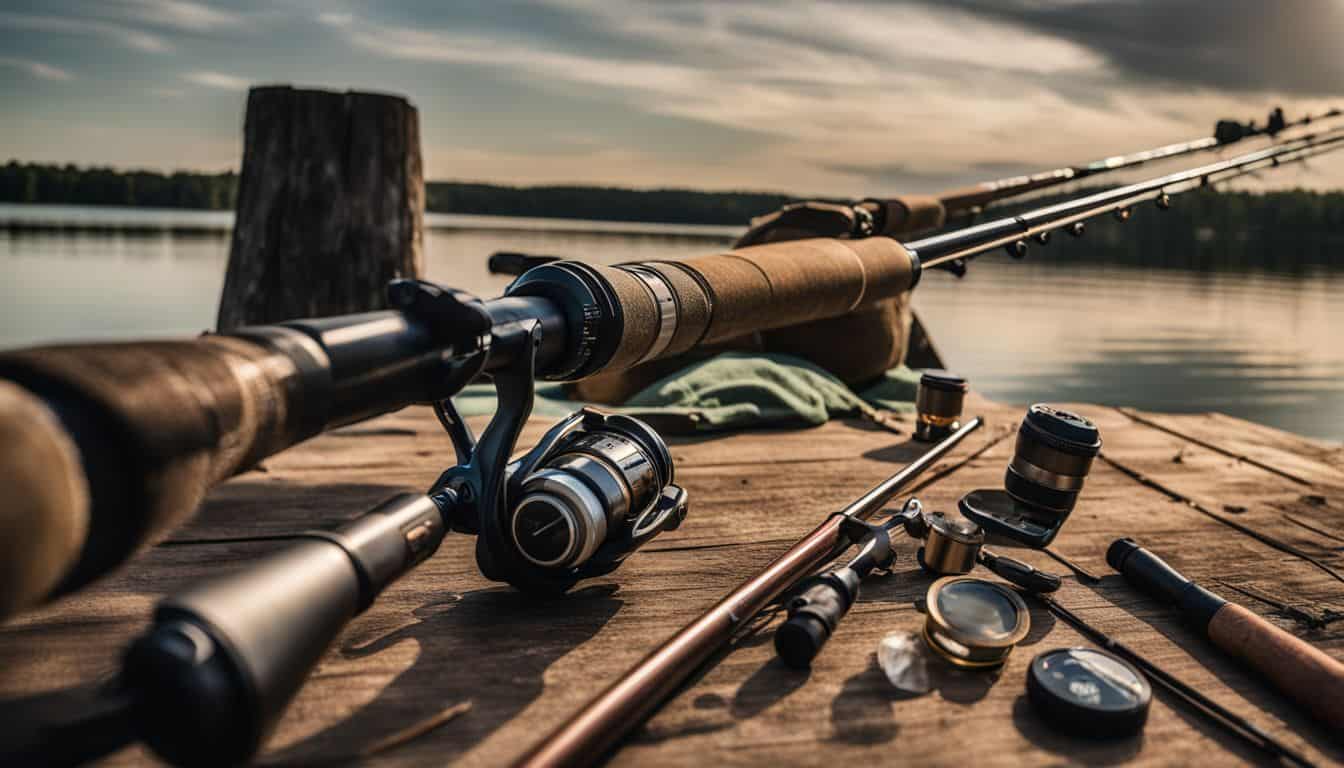
Fish Behavior
Understanding fish behavior is a crucial aspect of reading fishing reports. The weather plays a significant role in fish behavior, affecting their feeding habits and overall activity.
Factors like temperature, barometric pressure, rain, and cloudy skies can all influence how fish behave in the water.
For example, changes in barometric pressure can have a specific impact on bass fishing. When the pressure drops before a storm or cold front arrives, bass tend to become more active and feed aggressively.
On the other hand, high-pressure systems after the passing of a front may make bass less active and harder to catch.
Temperature also plays an important role in fish behavior. Fish are cold-blooded creatures, which means their body temperature matches their surroundings. Warmer temperatures generally increase their metabolism and activity levels, making them more likely to be actively feeding.
Assessing Water Conditions
Assessing water conditions is crucial for successful fishing. Knowing the water temperature, clarity, and currents can help you determine where the fish will be biting. Read on to learn how to analyze these factors and increase your chances of a great catch!
Water Temperature
Water temperature is a crucial factor when it comes to fishing. It can affect the behavior and feeding patterns of freshwater fish species. Due to global warming, there have been changes in water temperature that impact aquatic life.
Different fish species have their preferred temperature ranges for survival and functioning at their best. Since fish are cold-blooded, they cannot regulate their body temperature like humans do.
Instead, they adapt to the temperature of the water around them. This means that as anglers, we need to pay attention to water temperature because it plays a significant role in determining where and how fish will behave and feed.
Water Clarity
Water clarity is an important factor to consider when assessing the conditions for fishing. It refers to how clear or murky the water appears, and it can greatly affect your chances of success.
Clear water allows fish to see your bait or lure more easily, making them more likely to bite. On the other hand, murky water can make it harder for fish to locate your offering. Water clarity is influenced by various factors such as algal blooms, soil erosion, and stormwater inputs.
Different fish species have their own preferences when it comes to water clarity, so pay attention to this aspect when reading a fishing report.
Currents
When it comes to assessing water conditions, one important factor to consider is the currents. Currents refer to the movement of water in a particular direction. They can be influenced by various factors such as wind, tides, and differences in water density.
Understanding currents is crucial for fishing because they affect the behavior and distribution of fish. For example, some fish species prefer areas with strong currents because it brings them food and oxygen.
On the other hand, other species may seek out calmer waters for shelter or spawning purposes. By analyzing currents in a fishing report, you can determine where fish are likely to be located and adjust your fishing techniques accordingly.
Choosing the Right Fishing Spot
When choosing a fishing spot, consider factors such as structure and cover, depth and bottom composition, and fishing pressure.
Structure and Cover
Finding the perfect fishing spot is all about evaluating the site and identifying the ideal hotspots. When searching for a good location, it’s important to look for structure and cover.
This can include things like vegetation, coves, or areas that provide hiding places for fish. These spots are more likely to hold the targeted fish and increase your chances of success.
Constant movement and using artificial lures near structure and cover can be especially effective when trying to catch largemouth bass. So remember, keep an eye out for those areas with structure and cover to improve your fishing experience!
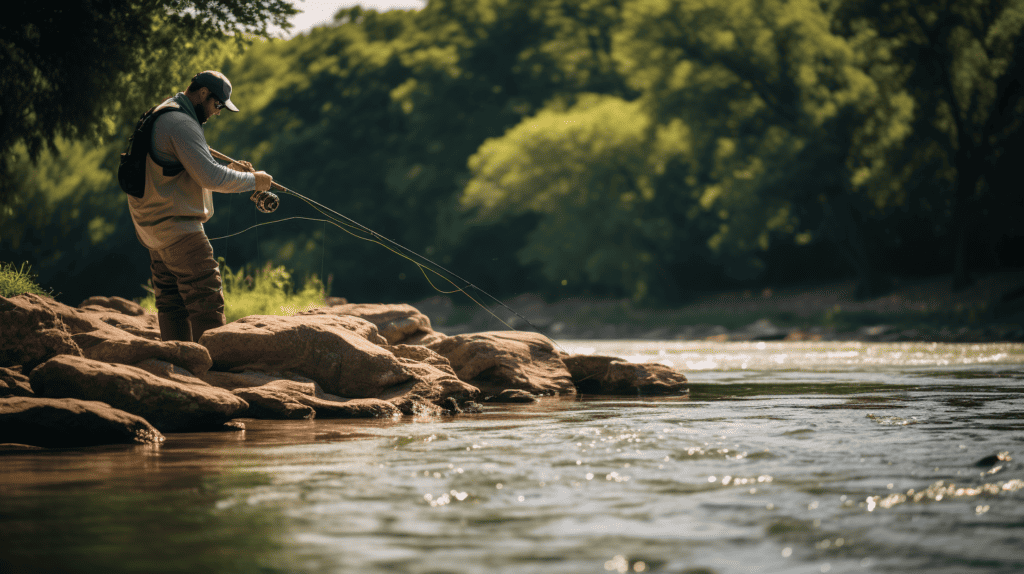
Depth and Bottom Composition
Choosing the right fishing spot is crucial for a successful fishing trip. When it comes to depth and bottom composition, there are a few things to keep in mind. Instead of looking for featureless areas with uniform depth, it’s better to target spots with weeds, rocks, and quick changes in depth.
These areas often provide cover and attract fish. Fishidy has mapped thousands of bottom composition areas, which can help you find high percentage fishing spots. For example, clean rock is important when targeting walleye in the spring.
So when reading a fishing report, pay attention to the information about depth and bottom composition to increase your chances of catching fish.
Fishing Pressure
Fishing pressure is an important consideration when choosing where to fish. It refers to the amount of fishing activity in a particular area. If a spot has been heavily fished, it may have fewer fish and be less productive.
On the other hand, spots with lower fishing pressure could have more fish and better chances of success. When reading a fishing report, pay attention to any mention of fishing pressure in the area you plan to fish.
This information can help you determine if it’s worth trying that spot or if you should look for somewhere else with less pressure. Factors like popular fishing tournaments or accessible locations may contribute to higher levels of fishing pressure in certain areas as well.
Selecting the Best Fishing Techniques and Baits/Lures
When it comes to selecting the best fishing techniques and baits/lures, it’s important to match the hatch, experiment with different techniques, and adjust to fishing conditions.
Match the Hatch
When fishing, one important technique to master is called “Match the Hatch.” This means selecting baits or lures that closely resemble the prey that the fish you’re targeting usually eat.
To do this, consider the size and color of your bait or lure and try to match it to what the fish are naturally feeding on. Whether you’re using live bait or artificial bait, imitating the prey can increase your chances of success.
For example, if predators are feeding on small shad, using small baits that mimic their size and shape might work well. By choosing lures that look like the small fish they’re after, anglers can fool predatory fish into biting.
Experiment with Different Techniques
Experimenting with different techniques is essential for successful fishing. It allows you to adapt and find what works best in different situations. When choosing the right technique, consider using live bait or artificial lures based on the fish species and their feeding patterns.
It’s also important to try various casting and retrieving methods, such as cast and retrieve or finesse fishing, to see which one attracts more bites. Don’t be afraid to adjust your technique based on the fishing conditions, like water temperature or clarity.
By experimenting with different techniques, you can increase your chances of catching more fish and becoming a master at reading fishing reports.
Adjust to Fishing Conditions
To be successful in fishing, it’s important to adjust your techniques and baits according to the conditions of the water. Different fishing conditions require different approaches.
For example, if the water is clear, you may need to use more natural-looking lures that blend in with their surroundings. On the other hand, if the water is murky or muddy, using vibrant-colored lures can help attract fish’s attention.
Also, pay attention to the season and weather patterns as they can affect fish behavior. In colder months, for instance, you might have better luck with slower presentations since fish are less active.
Understanding Fish Species and Their Habits
By understanding the feeding patterns, spawning behavior, and migration routes of different fish species, you can significantly increase your chances of success on the water. Dive deeper into this topic to unravel the secrets of catching more fish!
Feeding Patterns
Understanding fish feeding patterns is crucial for any angler looking to improve their chances of a successful fishing trip. Fish have unique feeding behaviors, and knowing how they feed can help you choose the right bait and fishing techniques.
Fish species have different feeding preferences and strategies. Some fish are predators that actively hunt for food, while others are opportunistic feeders that rely on finding easy meals.
Understanding these habits will help you select the most effective bait or lure to attract your target species.
Factors such as water temperature, prey availability, and competition for food can influence fish feeding patterns. For example, fish tend to be more active and feed more aggressively in warmer water temperatures.
When choosing your fishing spot and technique, consider these factors to increase your chances of success.
Spawning Behavior
Understanding the spawning behavior of fish is crucial for successful fishing. During the spawning season, fish engage in reproductive activities such as breeding and nesting behavior.
Some species, like snooks, even change gender after spawning. The timing of spawning is influenced by factors like water temperature. For example, crappie tends to spawn when the water temperature ranges from 56 to 64 degrees Fahrenheit.
Additionally, certain fish exhibit colonial nesting behavior and may spawn multiple times during a single season. Knowing about baitfish spawning patterns can also help increase your chances of catching fish.
Migration Routes
Fish migration is when lots of fish move from one place to another. They do this so they can go to where they breed and grow. These routes are important for them. Sometimes, things like dams can stop them from migrating and hurt the fish population.
Some types of fish, like tunas and sharks, travel really far distances across different countries. Changes in the climate can also affect how these fish migrate and spawn.
Keeping a Fishing Log and Learning from Experience
I always keep a fishing log to improve my success on the water. It’s a great way to identify patterns and learn from experience. Here are some key tips on keeping a fishing log:
- Track your fishing trips and catches.
- Observe fishing patterns and trends.
- Document important details like date, location, and weather conditions.
- Make notes on specific locations and start/end times.
- Use a tool like the Pro – Log Fishing Records Log Book or a digital fishing log app.
Conclusion on Tips For Reading A Fishing Report
Mastering the art of reading a fishing report can greatly enhance your fishing skills and increase your chances of success. By understanding the terminology, researching specific locations, and paying attention to details like water temperature and recent activity, you can make informed decisions while out on the water.
Seeking out local reports, using online resources for additional tips, and keeping a fishing journal are all valuable tools for improving your angling abilities. Remember, fishing requires patience and persistence, but with these 19 ultimate tips in mind, you’ll be well on your way to becoming a master of reading fishing reports.
FAQs on Tips For Reading A Fishing Report
1. What is a fishing report and why should I read it?
A fishing report is a summary of recent fishing conditions in a specific area, including information on water temperature, fish species, and successful techniques. Reading a fishing report can increase your chances of having a successful fishing trip.
2. Where can I find fishing reports?
Fishing reports are often available online through websites or forums dedicated to fishing. Local bait shops or tackle stores may also provide printed copies of fishing reports for their area.
3. How do I interpret a fishing report?
When reading a fishing report, pay attention to details such as the type of fish being caught, the time of day or tide when they were caught, and the baits or lures that were successful. This information can help you plan your own fishing strategy.
4. Can I rely solely on a fishing report for my trip?
While reading a current and accurate fishing report is helpful, it’s important to remember that conditions can change quickly. Use the information from the report as guidance but also consider other factors like weather patterns and personal experience.
5. Are there any tips for beginners on how to use a fishing report effectively?
For beginners using aFishing Report effectively follow these tips: Check for recent updates before your trip; Focus on areas with consistent catches; Pay attention to recommended baits/lures; Adjust your plans based on real-time observations while out angling

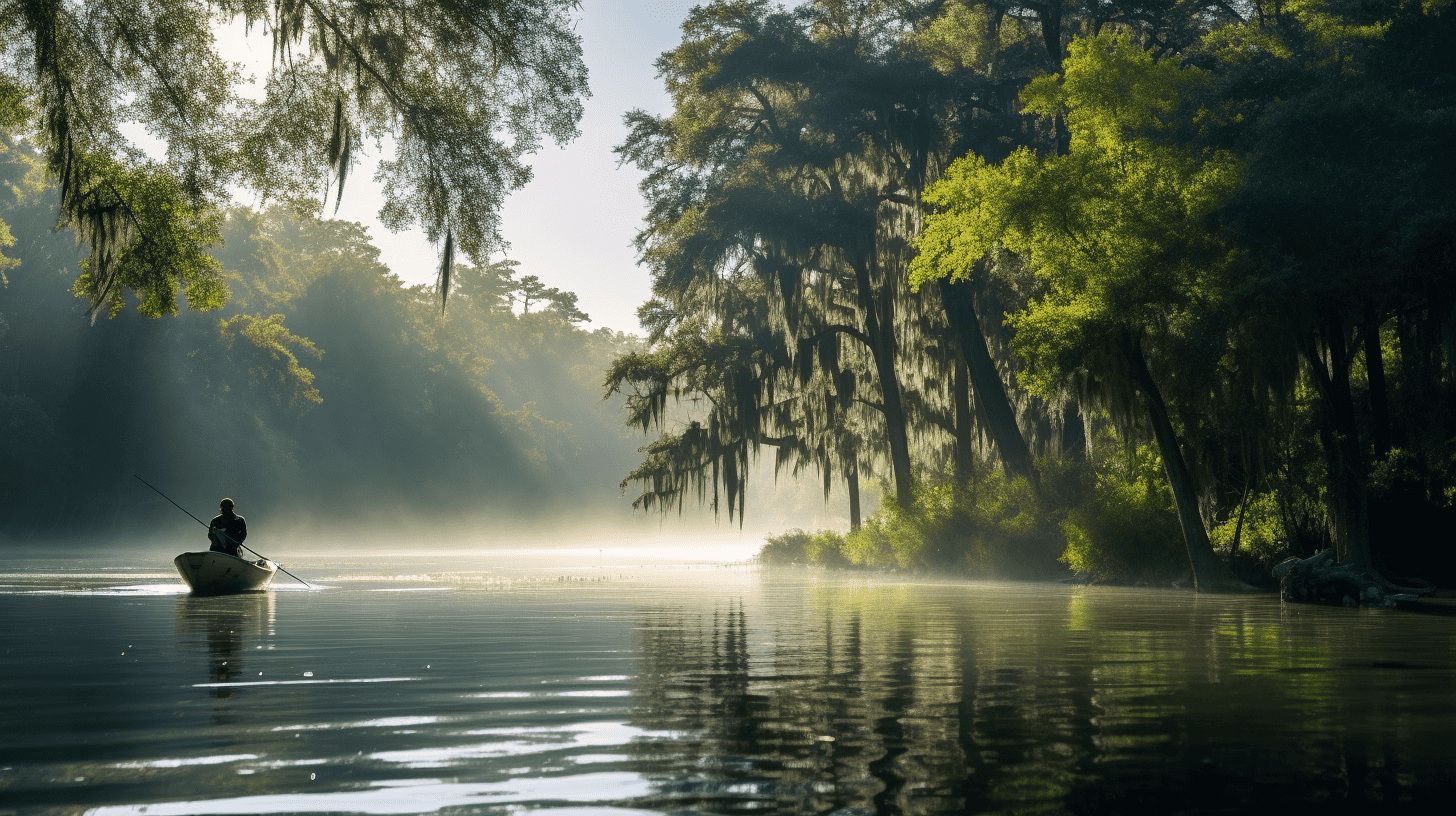
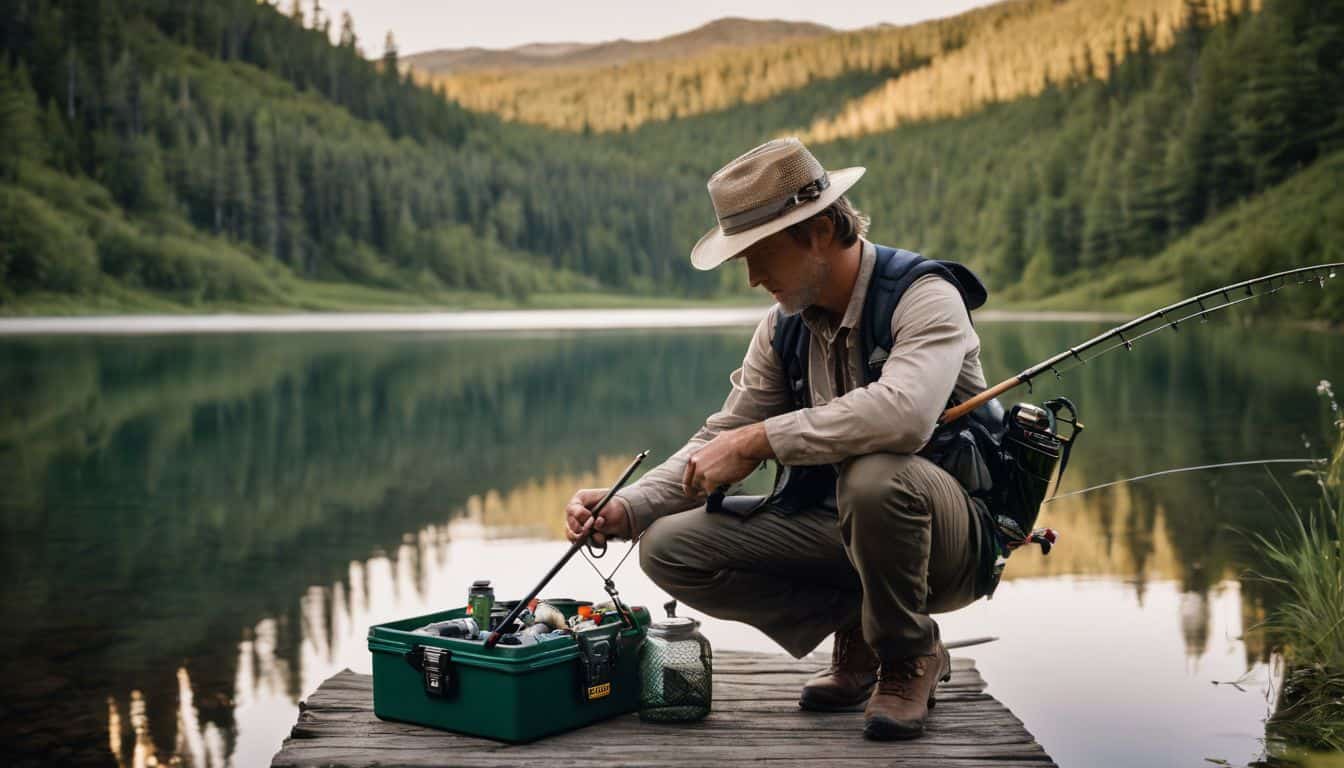
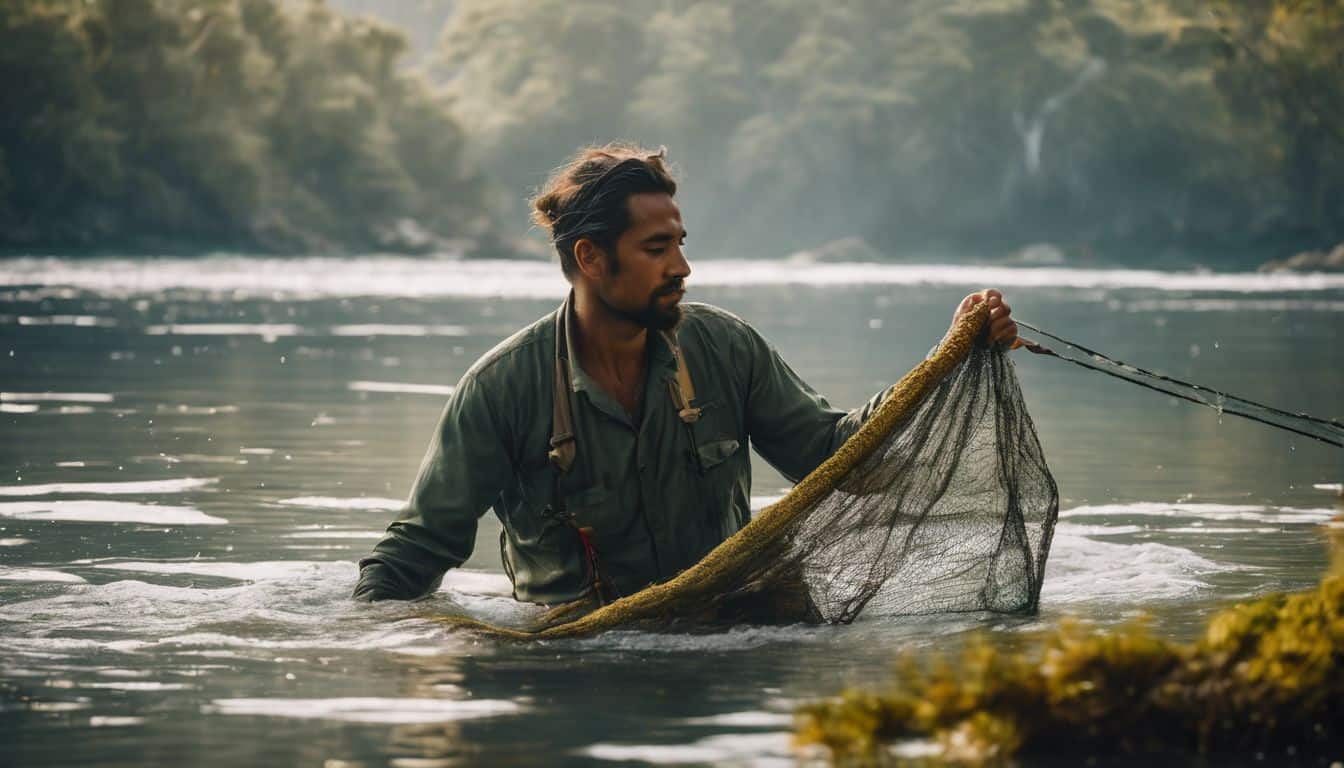
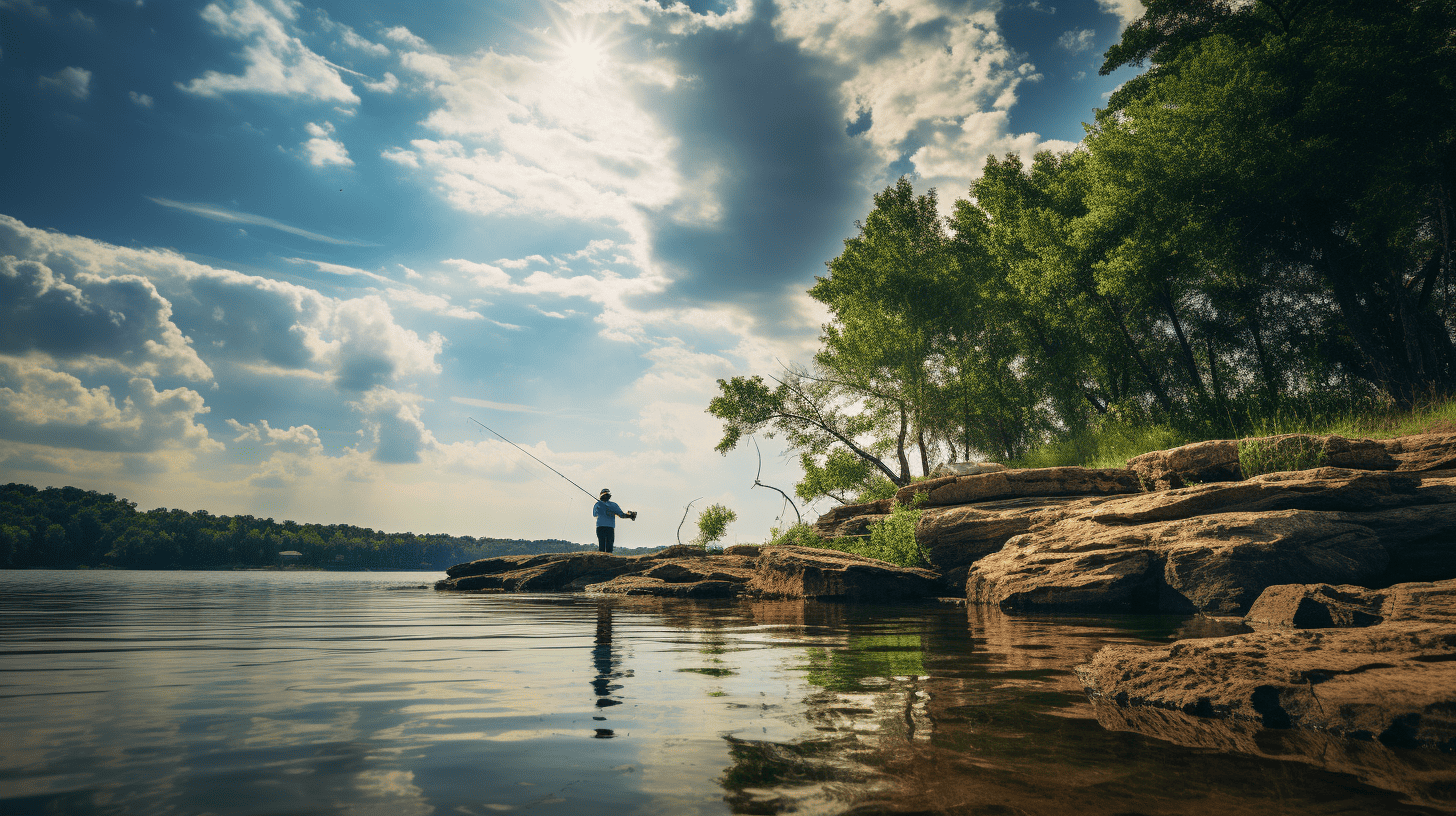
Leave a Reply